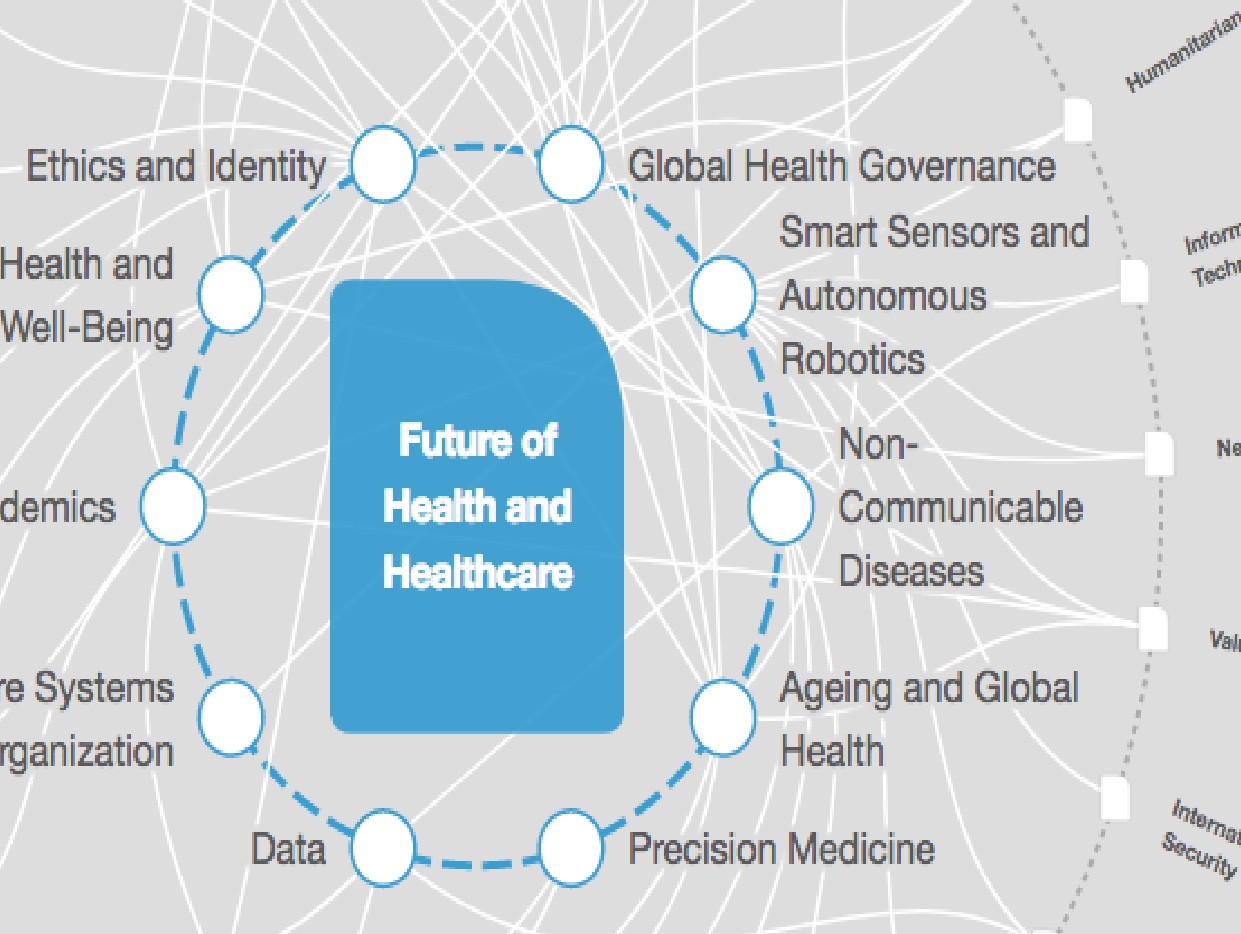
From the onset of the COVID-19 pandemic, Africa has remained among the last in line to access necessary medical supplies and tools — from personal protective equipment and diagnostics to treatments and vaccines. Limited local manufacturing means that many countries were, and continue to be, reliant on imports. These challenges are not new — the pandemic merely highlighted the continent’s long-standing, inequitable access to lifesaving medical products. Vaccination rates in Africa are still far too low. As a result, concerted efforts are underway to strengthen Africa’s capacity to develop and produce health products that meet its needs. Several countries already have capabilities in vaccine and drug manufacturing and fill and finish capacity — the steps that follow production, such as filling syringes, labelling, packaging and quality inspection. But there remains a significant gap to close.
Africa, which accounts for almost 17% of the world’s population, represents only 3% of global drug production. Most countries in sub-Saharan Africa import 70 to 90% of their consumed pharmaceuticals, according to McKinsey, a stark contrast to comparable populations in China and India, which import 5% and 20% respectively.
HOW CAN AFRICA PROGRESS IN MANUFACTURING ITS OWN MEDICAL SUPPLIES
To strengthen global health security, we must support an agenda to develop a sustainable, local manufacturing industry on the African continent. This will increase access to life-saving health products and reduce reliance on other regions, especially when pandemics and other health crises strike.
These six steps will be critical to this process:
1. Private Sector Engagement and Cross-Sectoral Collaboration
Increasing the African continent’s supply of key health products is a critical and under-resourced component of health system resilience. But we know that if commercial viability is the only deciding factor, companies will often opt out. We need private-sector engagement and cross-sectoral collaboration to incentivize investment in these necessary public goods. Real advancement requires strong partnerships between governments, civil society, international organizations, multilateral organizations and the private sector. By working together, we can better understand industry needs, from infrastructure and staffing to business plans and profit margins. Civil society and non-governmental organizations can help advocate for support from governments and multilateral organizations. At the same time, governments must create favourable policies to ensure businesses are willing and able to set affordable prices for equitable access.
2. Strong Coordination Across the Manufacturing Ecosystem
As the COVID-19 pandemic has shown us, one country or entity cannot create a robust system on its own. Singular, siloed efforts are unlikely to sustainably reach the necessary scale. It requires a coordinated manufacturing ecosystem. The African Union and the Africa CDC’s Partnerships for African Vaccine Manufacturing Framework for Action offer a blueprint for how to accelerate local manufacturing in a coordinated way. This model could be replicated for diagnostics and therapeutics. This must begin with an understanding of the existing capacity to then map a way forward for developing different types of products, which involve different levels of complexity to produce. For instance, in places without drug substance or product manufacturing capacity, it might be more efficient to begin developing fill and finish capacities, with a goal of building up over time to drug substance manufacturing.
3. Sustainable Financing Underpinned by Government Involvement
In the past few years, there has been considerable investment in manufacturing in Africa. Too often, however, these are one-time investments that don’t consider the full lifecycle of a product or the larger manufacturing ecosystem. An effective, sustainable, manufacturing ecosystem requires long-term domestic and foreign financing from public sources, bilateral and multilateral funders and the private sector. This kind of flexible funding environment encourages innovation and enables long-term planning. Investors should ensure that their investments are complementary to and supportive of, instead of competing with, existing efforts. This is why PATH’s Diagnostics team created a local diagnostics company dashboard that showcases more than 150 diagnostic developers, manufacturers and distributors in Africa, Asia and Latin America.
In addition to serving as an advocacy tool, the dashboard highlights investment opportunities. More than 70 companies in Africa, for example, are either headquartered in the region or have manufacturing capacity there. Yet, only 33 companies have reported having standard quality assurance certifications. Investing in quality assurance would be particularly valuable to enable more local manufacturers to meet the global quality standards for centralized procurement and broader market reach. Finally, national governments have a special role to play. Governments should invest in research and development, good manufacturing compliance and clinical trials to incentivize the private sector. They can also offer subsidies, allocate land for factories and provide tax breaks to catalyze and strengthen local efforts.
4. Streamlined Regulatory Environment
A streamlined regulatory system encourages domestic product development and ensures quality, safety and efficacy. To date, many African countries have weak, misaligned policies for the regulation of medical products, meaning it can often take years for a single product to be approved for use. The newly established African Medicines Agency (AMA) is a continent-wide platform for strengthening and harmonizing continental and regional regulatory authorities. By pooling expertize and capacities and coordinating across countries and regions, the AMA will ensure more high-quality local products reach the people who need them. Currently, 23 African countries have ratified the treaty. We encourage the remaining 32 (out of 55) member countries to fully ratify the AMA.
5. Use Technology Co-creation to Go Beyond Tech – Transfer
If the continent makes a concerted effort to scale its manufacturing ecosystem, it has the potential to create global goods that are fit for the African context. But to do so, African stakeholders must adapt preexisting technologies to serve the needs of their countries and communities more effectively. Technology co-creation is the collaborative development of new products and services backed by experts and stakeholders (such as customers and suppliers). This differs from technology transfer — sharing technology with insufficient detail and only under limited terms — which leaves national manufacturers still dependent on foreign companies. Co-creation ensures the needs and priorities of the target population are incorporated from the beginning. It also opens doors to a more sustainable and equitable process that is mutually beneficial for African countries and international partners alike.
6. Aggregating Demand for Local Products
Even as more medical products are manufactured and approved in Africa, many local manufacturers will struggle to offer prices that are affordable for low- and middle-income countries, while also adequate enough to cover costs and remain in business. To reach this balance, national governments and international and multilateral agencies must show meaningful leadership by purchasing African-made products. This requires policy and legislative reforms at the country level, especially for countries that have restrictive local procurement policies. As outlined in the New Public Health Order for Africa, intentionally aggregating and coordinating demand for products will help make African manufacturing sustainable and viable.

